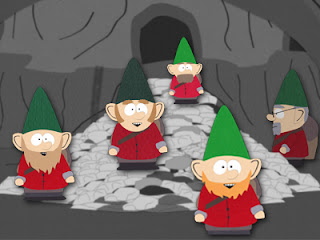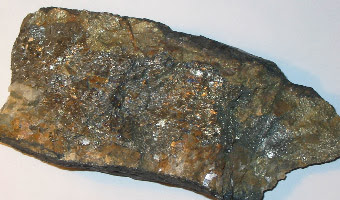Nickel Gnomes
 Perhaps Step 2 was to steal copper?
Perhaps Step 2 was to steal copper?
While flipping through a CRC Handbook whose days in the United States are dwindling, I came across a section that described the naming conventions of each chemical element. Most of the names made sense to me. For example, Nobelium is named after Alfred Nobel (surprise!). However, the Nickel entry was the following: Nickel: Named after Satanor Old Nick This confused me greatly. What the heck is Santa Claus doing hanging out with Satan [1]? After a bit of poking around on the internet, I found an article from 1931 by a guy named William Baldwin called The Story of Nickel, How "Old Nick's" Gnomes were Outwitted. Needless to say, this did not allay my confusion. Here is the relevant passage from the article: In the early part of the eighteenth century fresh lodes of ore were laid open in Saxony where from times immemorial silver and copper mines had been worked. This new ore was so glittering and full of promise as to cause the greatest excitement, but after innumerable trials and endless labor all that could he obtained from the ore was a worthless metal. In disgust the superstitious miners named the ore kupfer-nickel after "Old Nick" and his mischievous gnomes who were charged with plaguing the miners and bewitching the ore. This "worthless" metal is nickel. Kupfernickel is the German name for the nickel ore (see image below) which comes from the words kupfer, meaning "copper" and nickel, meaning "demon."
 Ore that, if not for gnomes, would contain that sweet sweet copper
Ore that, if not for gnomes, would contain that sweet sweet copper
And that's the story of Nickel! Tune in next time [2] for our ongoing 118-part series, Better Know an Element! [1] Turns out "Old Nick" is an English name for the Devil. Go figure. But those of you named Nicholas should not be upset, as your name comes from the Greek Nikholaos, which literally means "victory-people." So you've got that going for you. [2] I have no plans of ever doing this again.
Comments
Comments powered by Disqus